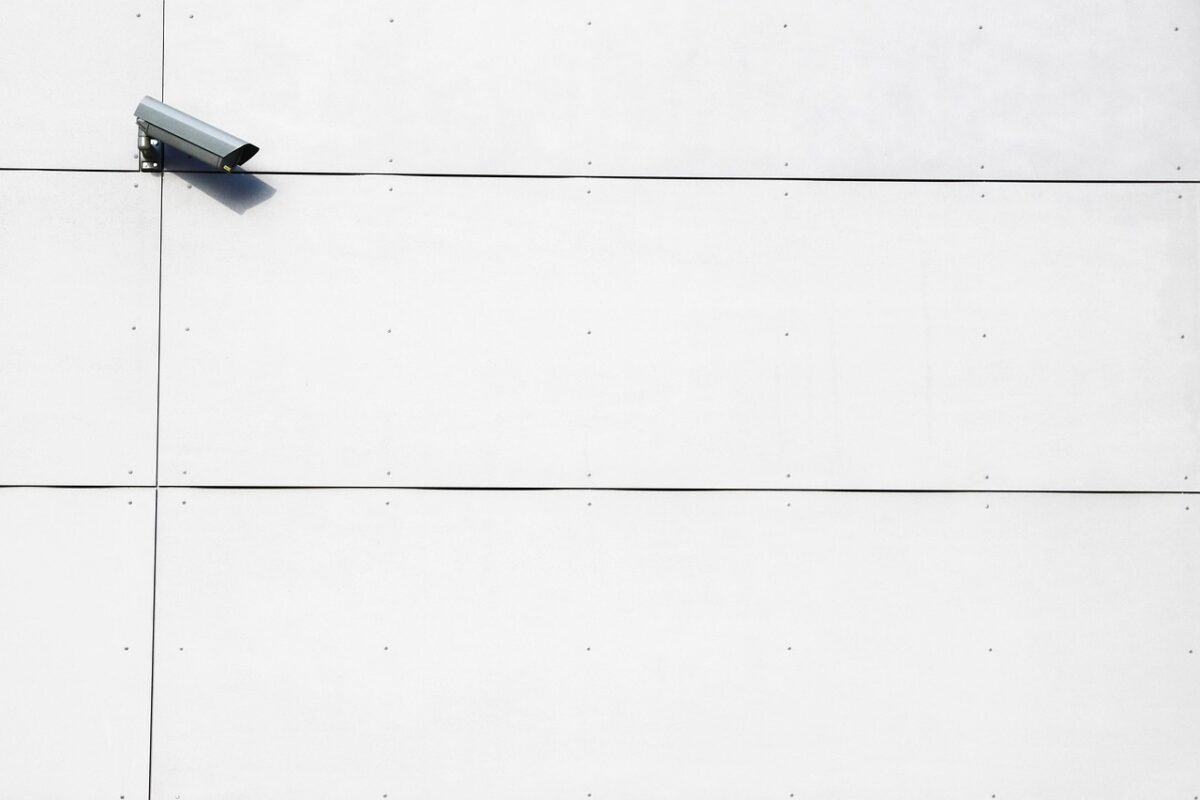When it comes to protecting your home or business, security cameras play a crucial role. However, simply owning cameras isn’t enough — how and where you place them makes all the difference. Poor placement can result in blind spots, missed incidents, or ineffective surveillance, making your investment less valuable.
Whether you’re setting up a new system or upgrading an existing one, here are 10 essential security camera placement tips to help you achieve maximum coverage and peace of mind.
1. Start with a Security Assessment
Before installing cameras, conduct a full assessment of your property. Walk around your home or business and identify vulnerable entry points such as:
- Front and back doors
- Ground-floor windows
- Driveways and garages
- Side or back alleys
Note areas that are poorly lit or hidden from public view. These insights will guide your camera placement strategy for optimal protection.
2. Prioritize Entry Points
Statistics show that over 34% of burglars enter through the front door. Your front door, back door, and any side entrances should be your top priorities for camera coverage.
Tips for entry-point camera placement:
- Position cameras at a height of 8–10 feet to capture facial details without being easily tampered with.
- Angle the camera slightly downward for better field of vision.
- Use weatherproof and vandal-resistant models for outdoor installations.
3. Monitor Driveways and Garages
Garages are often used to store valuables, and driveways give intruders an entry route. Place a camera to monitor vehicles, license plates, and movement around these areas.
Camera placement tips:
- Aim the camera toward the driveway entrance or garage door.
- Consider adding motion detection with floodlights for night visibility.
- If your garage is detached, ensure it has its own surveillance unit.
4. Cover Ground-Floor Windows
Windows are popular points of entry, especially those hidden by shrubs or fences. Install cameras facing these windows to catch any suspicious activity.
Placement tip:
- Avoid pointing cameras directly through glass to prevent glare. Instead, install them outside under eaves or above window frames.
5. Use Indoor Cameras in Key Areas
While outdoor coverage is critical, don’t neglect the interior of your home. If an intruder gets inside, indoor cameras can capture essential footage.
Ideal spots include:
- Main hallway or staircases
- Living rooms or central rooms
- Areas where valuables are kept
Make sure indoor cameras are placed out of reach and angled to maximize visibility while maintaining privacy, especially in bedrooms or bathrooms.
6. Angle Cameras to Reduce Blind Spots
One common mistake is poor camera angles, which can leave dangerous blind spots. Each camera should cover the maximum area possible, with overlapping views to prevent gaps.
Tips:
- Use wide-angle lenses or fisheye cameras for broader coverage.
- Install cameras at corners for a wider field of vision.
- Consider PTZ (Pan-Tilt-Zoom) cameras for dynamic monitoring.
7. Install at the Right Height
Mounting height is crucial for camera effectiveness:
- Too high: May miss facial features and small details.
- Too low: Easily tampered with or vandalized.
The sweet spot is around 8–10 feet from the ground, providing a balance between facial recognition and protection from tampering.
8. Ensure Good Lighting or Use IR Night Vision
Cameras are only as good as the lighting they receive. Poorly lit areas may lead to blurry or unusable footage, especially at night.
Solutions:
- Choose cameras with infrared (IR) night vision.
- Add motion-activated lights near the camera.
- Avoid pointing cameras directly at bright lights (like street lamps), which can cause lens flare.
9. Avoid Privacy Violations
Be aware of legal and ethical considerations when placing cameras:
- Don’t point cameras directly at your neighbor’s property or public bathrooms.
- Check local privacy laws before installation.
- Clearly mark monitored areas if required, especially in commercial spaces.
Inappropriate placement could result in legal issues or demands for removal.
10. Don’t Forget Remote and Less Obvious Areas
While high-traffic zones are essential, don’t neglect hidden or lesser-used areas, including:
- Side pathways or alleys
- Backyard gates
- Second-floor balconies
- Basement windows
Criminals often look for these less obvious routes to avoid detection. A strategically placed camera in such zones can surprise and deter potential intruders.
Bonus Tip: Use Cloud Storage or Backup Systems
Once your cameras are well placed, ensure the footage is backed up securely:
- Choose a system that offers cloud storage or local DVR/NVR backup.
- Set up mobile notifications and remote access for real-time monitoring.
- Regularly review footage and test system functionality.
A great placement setup is useless without accessible, clear, and securely stored video evidence.
Final Thoughts
Setting up a home security system isn’t just about installing cameras randomly — it’s about strategic placement that maximizes coverage, minimizes vulnerabilities, and enhances safety. From entry points to hidden corners, every angle matters.
When done correctly, your security cameras become a powerful deterrent, a valuable source of evidence, and a critical part of your overall home security plan.
Take the time to plan and install properly, or better yet, consult with a professional to get the most out of your investment.
